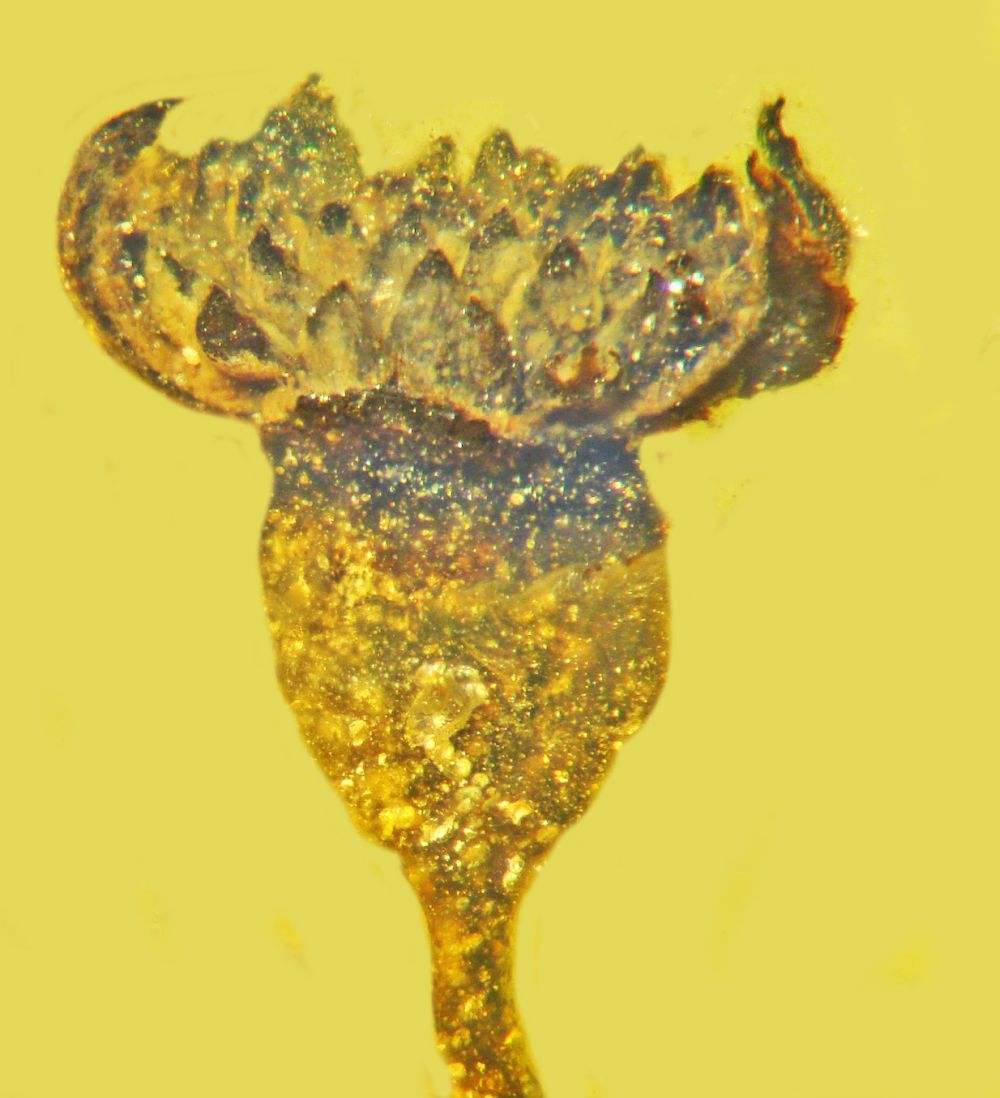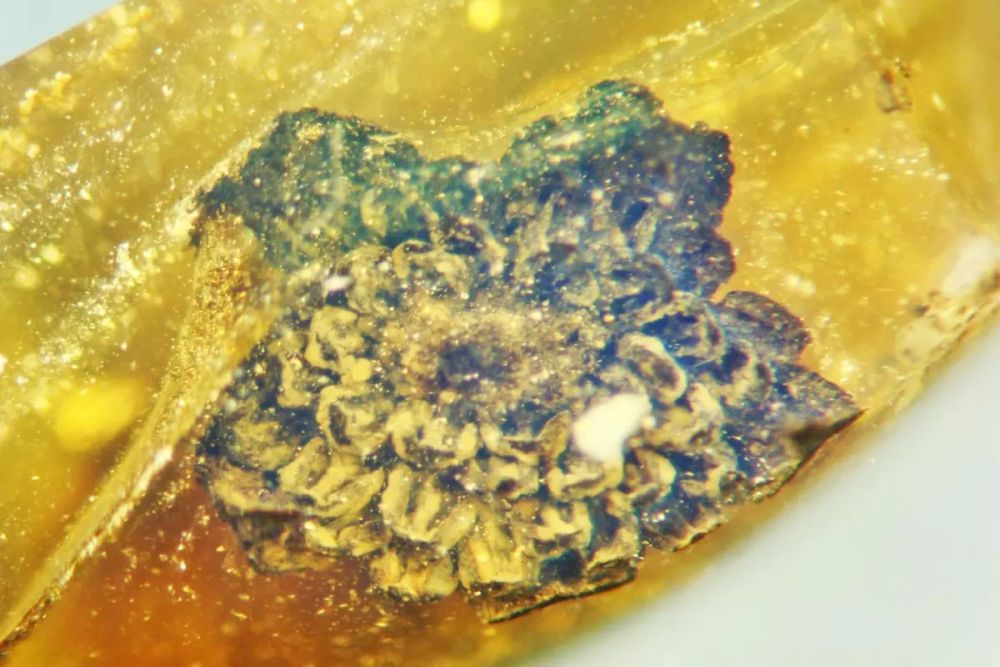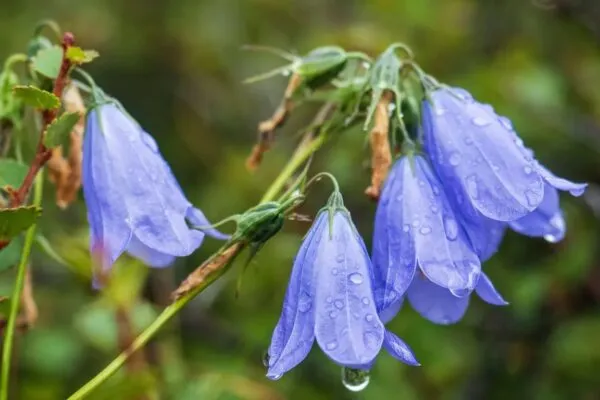Scientists Discover a New Flower Species in 100 Million Years Old Piece of Amber
Nature works in the most mysterious ways ever – its wonderful medium of enacting information through various fossil sample preserved for millions of years is truly inspiring. Fossilized tree resin, known as amber, has also offered paleontologists some extraordinary insight into the ancient ecosystems and their species. Recently, scientists have found a completely new flower species, captured and perfectly preserved in a 100 million years old piece of amber.
Oregon State University researchers found a golden capsule, which contains a completely new and previously unknown genus and species of flower that dates back to 100 million years to the mid-Cretaceous period. This new species of flower was exposed in amber found in a region of northern Myanmar, known for its rich 100 million years old deposits.

Image: George Poinar Jr.
The new study was published in the Journal of the Botanical Research Institute of Texas. The research was led by George Poinar Jr., a celebrated paleo-biologist whose ideas inspired Jurassic Park author Michael Crichton.
The finding is a kind of angiosperm flowering plant and has been christened Valviloculus pleristaminis. The impressively well-preserved specimen is a male flower, which Poinar’s records demonstrate remarkable detail. Poinar explains,
Despite being so small, the detail still remaining is amazing. Our specimen was probably part of a cluster on the plant that contained many similar flowers, some possibly female. The male flower is tiny, about 2 millimeters across, but it has some 50 stamens arranged like a spiral, with anthers pointing toward the sky.
Poinar’s study of amber deposits in Myanmar has disclosed a large variety of prehistoric organisms over the past few decades. The amber has been unearthed from a geographical area called the West Burma Block, which was once a part of the earliest continent known as Gondwana. And together Poinar’s work is enquiring traditional geological timelines that have proposed the West Burma Block broke away from Gondwana between 200 and 500 million years ago.

Image: George Poinar Jr.
The paleo-biologist claims this great tectonic shift may have occurred as recently as 100 million years ago, as angiosperms are thought to have initially evolved around 100 million years ago, and generally spread across today’s southern continents of Australia, Africa and South America. The theory hypothesizes that the tectonic migration of Gondwana could have happened much more recently than geologists currently consider.
Of late, amber discoveries from different parts of the world have uncovered a spectacular variety of ancient organisms, from spiders and prehistoric snakes to giant and mammalian blood cells. This incredibly well-preserved flower proffers yet another understanding of ancient ecosystems from ages ago.


